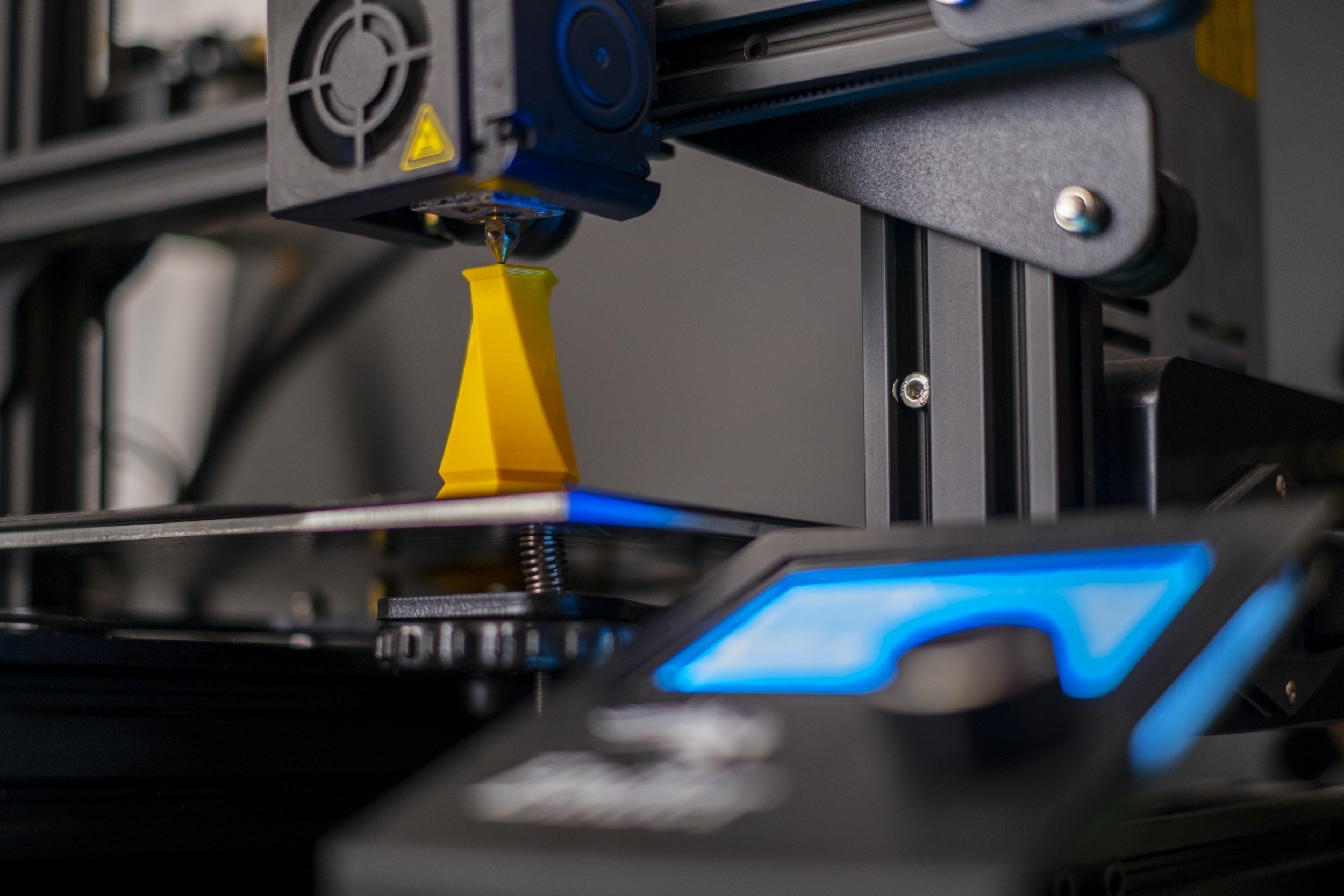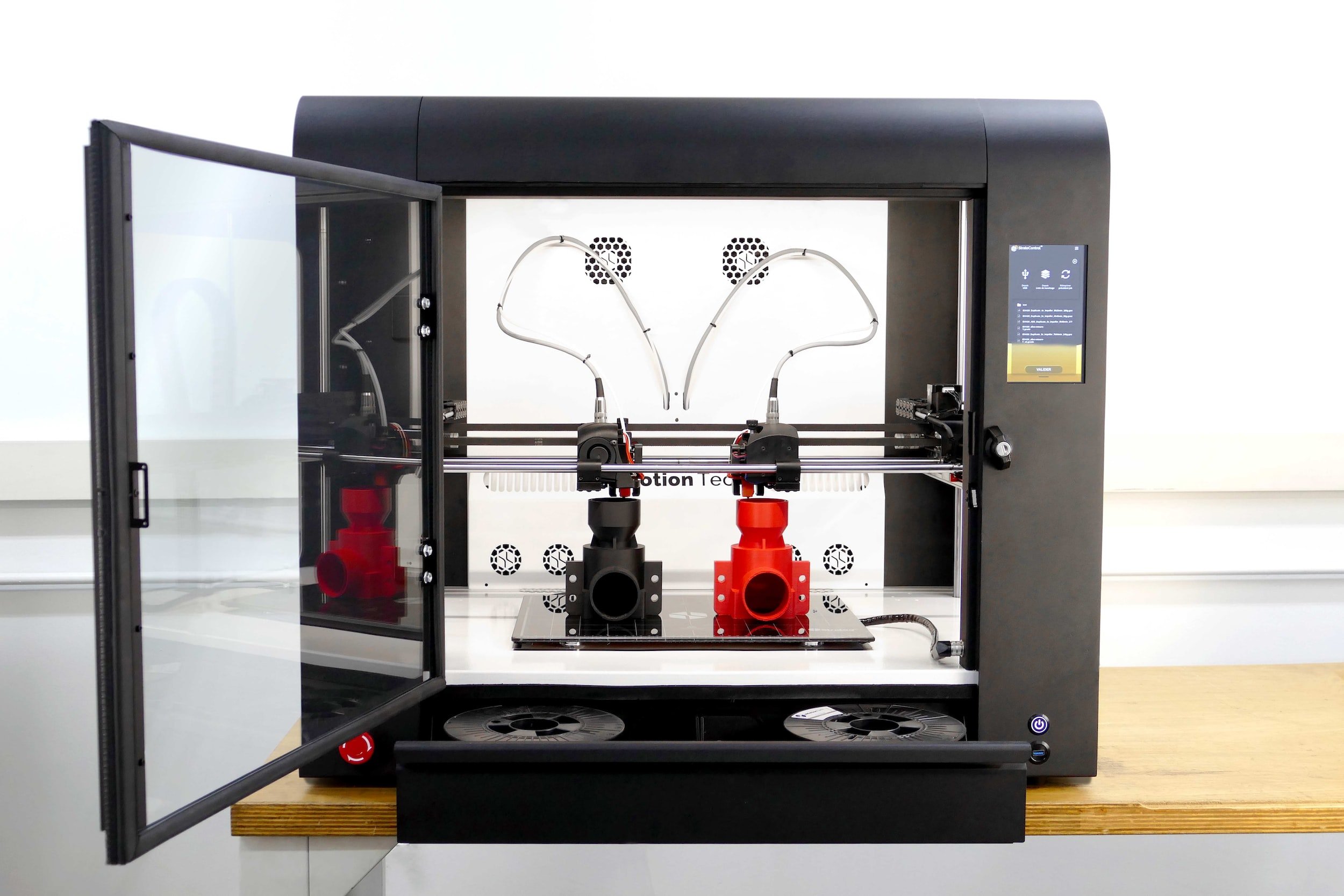Turning an Idea into a Prototype
The light bulb has appeared over your head. You can’t believe no one has thought about it before! But what now?
Prototyping. Whats that?
Prototyping can be one of the most rewarding parts of the design process. For the first time, you’re able to hold your invention as a substantial product in your hands. It becomes real after weeks and months of discussions. This is often the most exciting part of the design, before the tedious months of the manufacturing process.
The only thing stopping you from creating your own prototype is a lack of facilities at your disposal and the necessary knowledge base. For these reasons and many more, you’ll be looking for a design consultancy to produce your prototype. Preparation beforehand can make the world of difference when it comes to getting it right the first time.
1. Define What Type of Prototype you Need
It’s vitally important to determine the objective of your prototype.
Is it for you to assess the manufacturing?
To sell to prospective clients?
Is it to test or sell on Kickstarter? Understanding the objective of your prototype makes it easier for the lives of the designers.
Getting this stuff clear from the get go will result in a smoother and more streamline process, for you and the designers involved.
2. Don’t Spend Too Much Money
You’d be surprised at how cheaply a prototype can be made. Talk with your designers beforehand to discuss the materials and process in which your prototype. Often, expensive materials that you may have had your heart set on, fail in comparison to cheaper alternatives. In line with this way of thinking, this is often when the designers can set in and consult.
3. Manufacture in Small Batches
Only manufacture in small batches until you have proven you can fill the demand and acquire customers profitably. You don’t want to end up with inventory you can’t move. Also keep in mind that most people tweak their product and it’s packaging along the way. It’s important to be able to pivot and change without having to throw out a whole bunch of units.
The usefulness of prototyping doesn’t become obvious until you’ve actually done it. By spending a bit of time planning where your design will take form, how a user will navigate and what information and features need to be included, you’ll definitely save a lot of time when it comes to not only design but also development. Essentially, to prototype allows you to approach a project logically; something that should be taken very seriously, especially as logic is something that can make or break your work.


